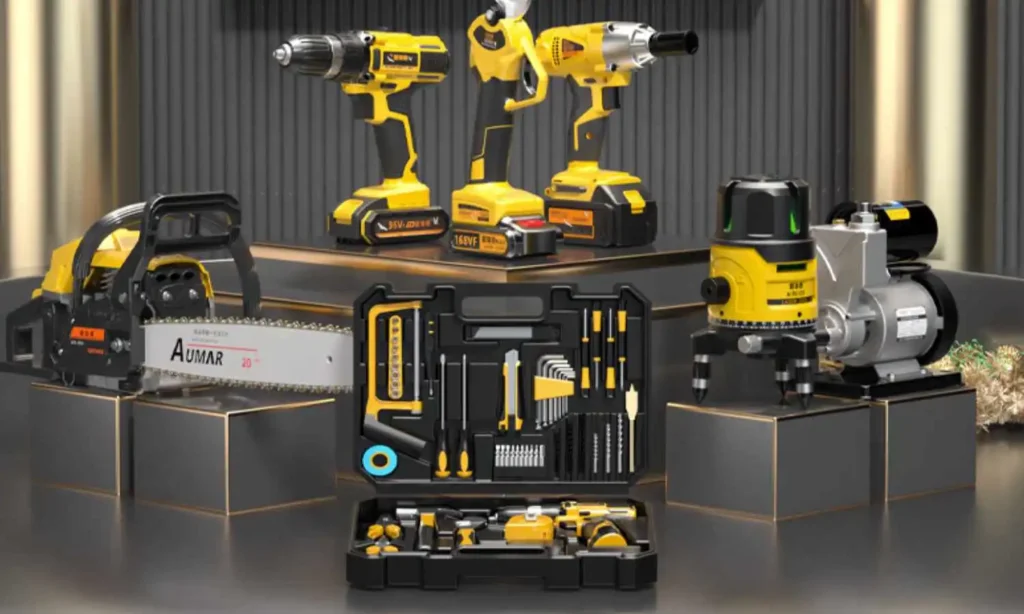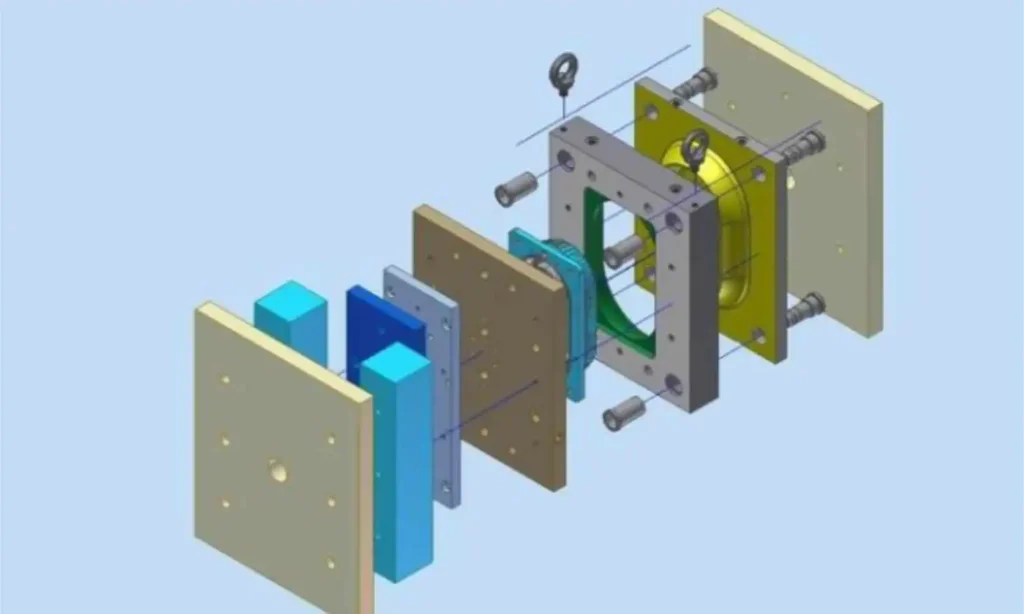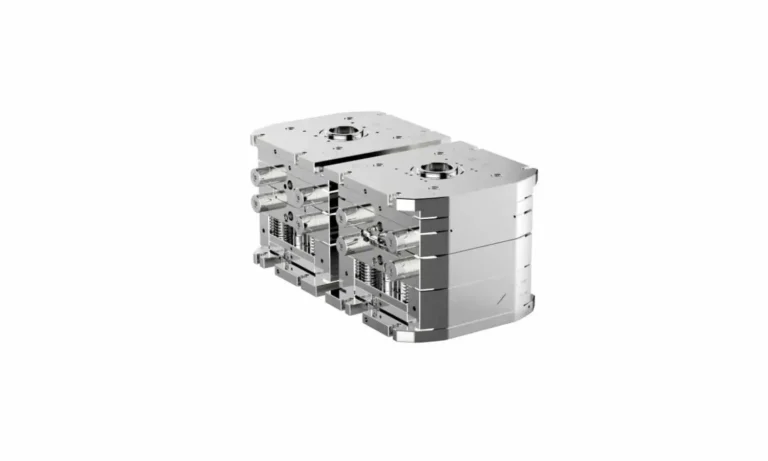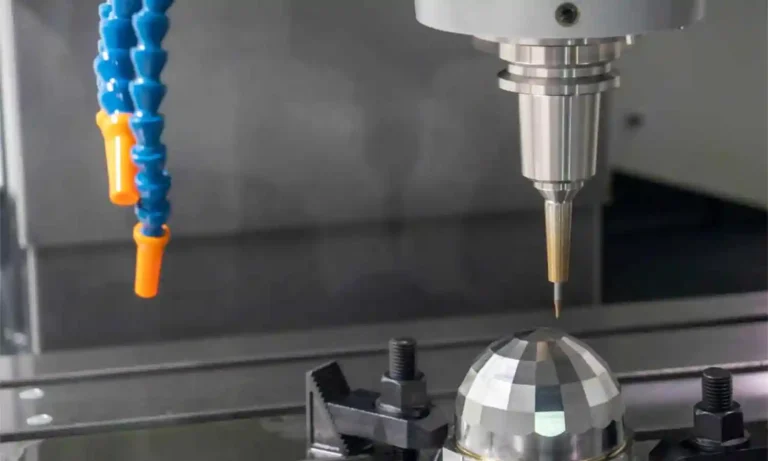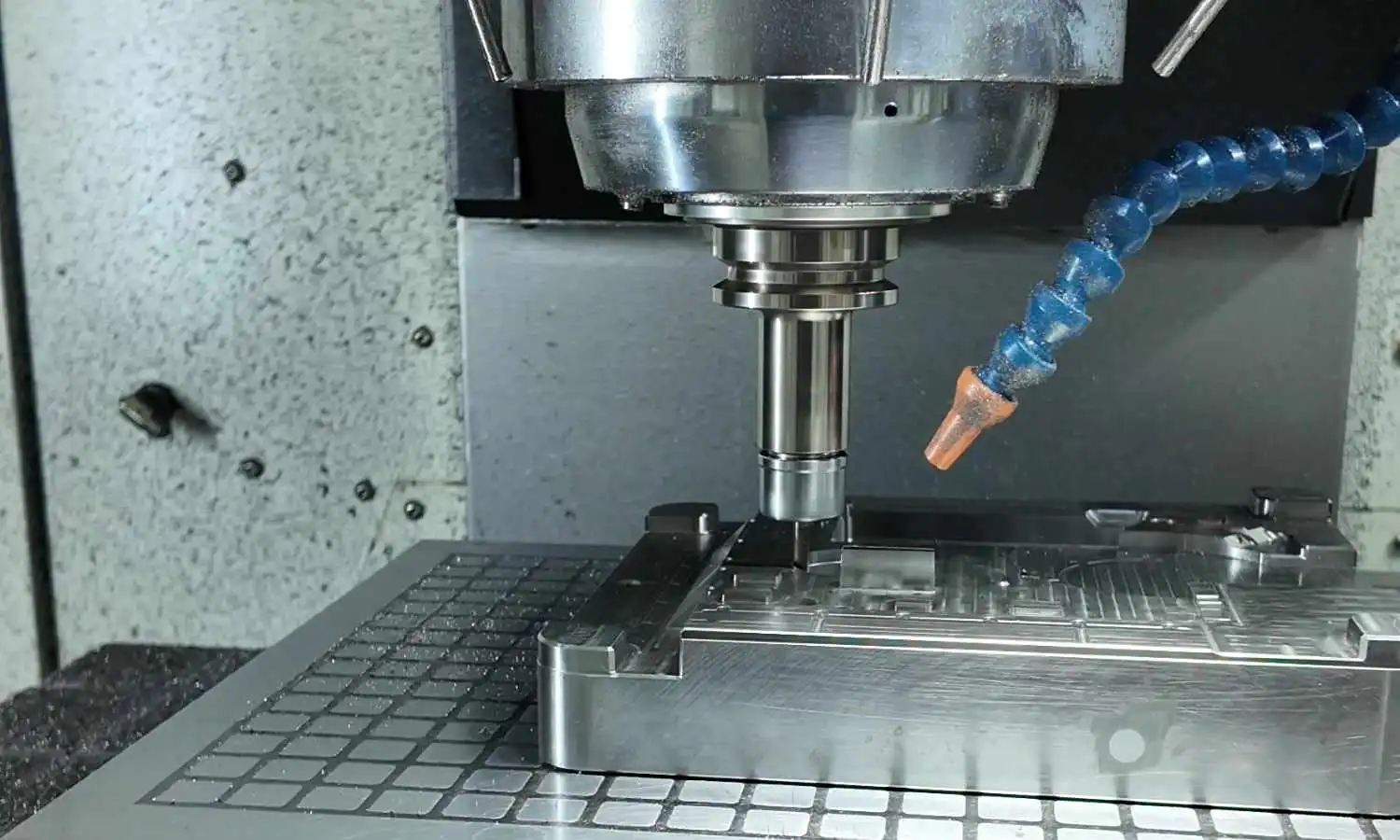
Steel CNC Machining: Guide to Materials, Grades, and Processes
Share your love
Steel CNC machining is a cornerstone of modern manufacturing, offering unparalleled strength, durability, and precision for critical components across industries. This guide synthesizes key insights into material selection, machining strategies, and post-processing techniques to optimize your steel CNC projects.
Key Steel Grades for CNC Machining
The choice of steel grade directly impacts machinability, mechanical performance, and cost. Below are the most widely used categories:
Low Carbon Steel (Mild Steel)
- Grades: 1018, 1215, A36
- Characteristics:
- Carbon content <0.3%, offering excellent weldability and formability.
- Moderate strength (yield strength ~310–415 MPa) with high ductility.
- Applications: Structural components (bolts, fasteners, brackets), automotive frames, and machinery parts where cost-effectiveness is prioritized.
- Machining Tips:
- Use sharp HSS or carbide tools to avoid strain hardening.
- Employ soluble oil coolants to manage heat during high-speed milling.
Medium Carbon Steel
- Grades: 1045, 1144
- Characteristics:
- Carbon content 0.3–0.6%, balancing strength (yield ~450–655 MPa) and machinability.
- Heat-treatable for enhanced wear resistance.
- Applications: Gears, axles, hydraulic components, and automotive crankshafts.
- Machining Tips:
- Prefer 2–3 flute end mills for efficient chip evacuation.
- Post-process with grinding to remove burrs.
High Carbon Steel
- Grades: 1095, D2
- Characteristics:
- Carbon content >0.6%, delivering exceptional hardness (up to Rockwell C60) but reduced ductility.
- Ideal for edge retention in cutting tools and springs.
- Applications: Knives, saw blades, and industrial dies.
- Machining Tips:
- Use carbide or coated tools with slow feed rates to minimize heat.
- Post-heat treatment (e.g., tempering) to relieve internal stresses.
Alloy Steel
- Grades: 4140, 4340, 8620
- Characteristics:
- Enhanced by chromium, molybdenum, or nickel for toughness and fatigue resistance
- Yield strength ranges from 55,000 psi (8620) to 122,000 psi (4340)
- Applications: Aerospace components, high-stress automotive parts (e.g., drive shafts), and oil/gas equipment
- Machining Tips:
- Optimize cooling with high-pressure systems to manage thermal distortion
- Use TiAlN-coated tools for high-speed finishing
Stainless Steel
- Grades: 304, 316, 17-4 PH
- Characteristics:
- Chromium content ≥10.5%, providing corrosion resistance and biocompatibility
- High work-hardening rates require specialized tooling
- Applications: Medical implants, marine hardware, and food-processing equipment
- Machining Tips:
- Employ low feed rates and constant coolant flow to prevent galling
- Use AlTiN-coated end mills for improved tool life
Critical Machining Parameters
1. Speeds and Feeds
- Low Carbon Steel: 100–350 SFM (surface feet per minute) with moderate feed rates
- High Carbon/Alloy Steel: Reduce speeds to 50–200 SFM to avoid tool wear
- Stainless Steel: Maintain speeds below 150 SFM with high feed rates to mitigate work hardening
2. Tool Selection
- Carbide Tools: Essential for hardened steels (e.g., D2, 4340) due to abrasion resistance
- High-Speed Steel (HSS): Suitable for low-carbon steels and prototyping
- Coolant Systems: Flood cooling or through-tool coolant for heat-intensive alloys like 316 stainless
3. Tolerances and Surface Finish
- Standard Tolerance: ±0.005″ for general components
- High Precision: Achieve ±0.001″ for aerospace or medical parts using rigid tooling and temperature-controlled environments
Post-Processing and Surface Treatments
1. Heat Treatment
- Carburizing: Enhances surface hardness of low-carbon steels (e.g., 1018) for wear-resistant gears
- Quenching and Tempering: Increases toughness in medium-carbon steels like 1045
2. Coatings and Finishes
- Powder Coating: Provides corrosion resistance (0.15–0.3 mm thickness) for automotive parts
- Electroplating: Nickel or chrome plating improves aesthetics and wear resistance
- Passivation: Removes free iron from stainless steel to enhance corrosion resistance
3. Grinding and Polishing
- Achieve Ra <0.8 μm for medical or optical components using precision grinding
Industry Applications
- Automotive: Engine mounts (4140 steel), transmission gears (4340 steel)
- Aerospace: Turbine blades (17-4 PH stainless), landing gear (4340 alloy)
- Medical: Surgical instruments (316 stainless), orthopedic implants (Ti-6Al-4V with steel fixtures)
- Energy: Valve bodies (A514 steel), hydraulic components (1045 steel)
Material Selection Guidelines
| Factor | Low Carbon | Medium Carbon | High Carbon | Alloy Steel | Stainless Steel |
|---|---|---|---|---|---|
| Strength | Moderate | High | Very High | Very High | High |
| Machinability | High | Moderate | Low | Low-Moderate | Low |
| Corrosion Resistance | Low | Low | Low | Moderate | Very High |
| Cost | Low | Medium | Medium | High | High |
When to Choose:
- Low Carbon: Budget-friendly mass production
- Stainless Steel: Corrosive or hygienic environments
- Alloy Steel: Extreme stress or wear applications
Emerging Trends
- Additive Hybrid Machining: Combine 3D-printed steel molds with CNC finishing for complex geometries
- AI-Driven Optimization: Machine learning algorithms predict tool wear and optimize feeds for alloys like 4140
- Sustainable Practices: Recycled steel grades and energy-efficient CNC machines reduce environmental impact
By aligning material properties with machining strategies, manufacturers can unlock steel’s full potential in precision engineering. For tailored solutions, collaborate with certified CNC shops to navigate grade-specific challenges and achieve cost-effective, high-performance outcomes.
Newsletter
Subscribe to our Newsletter for the latest news, updates and offers.



